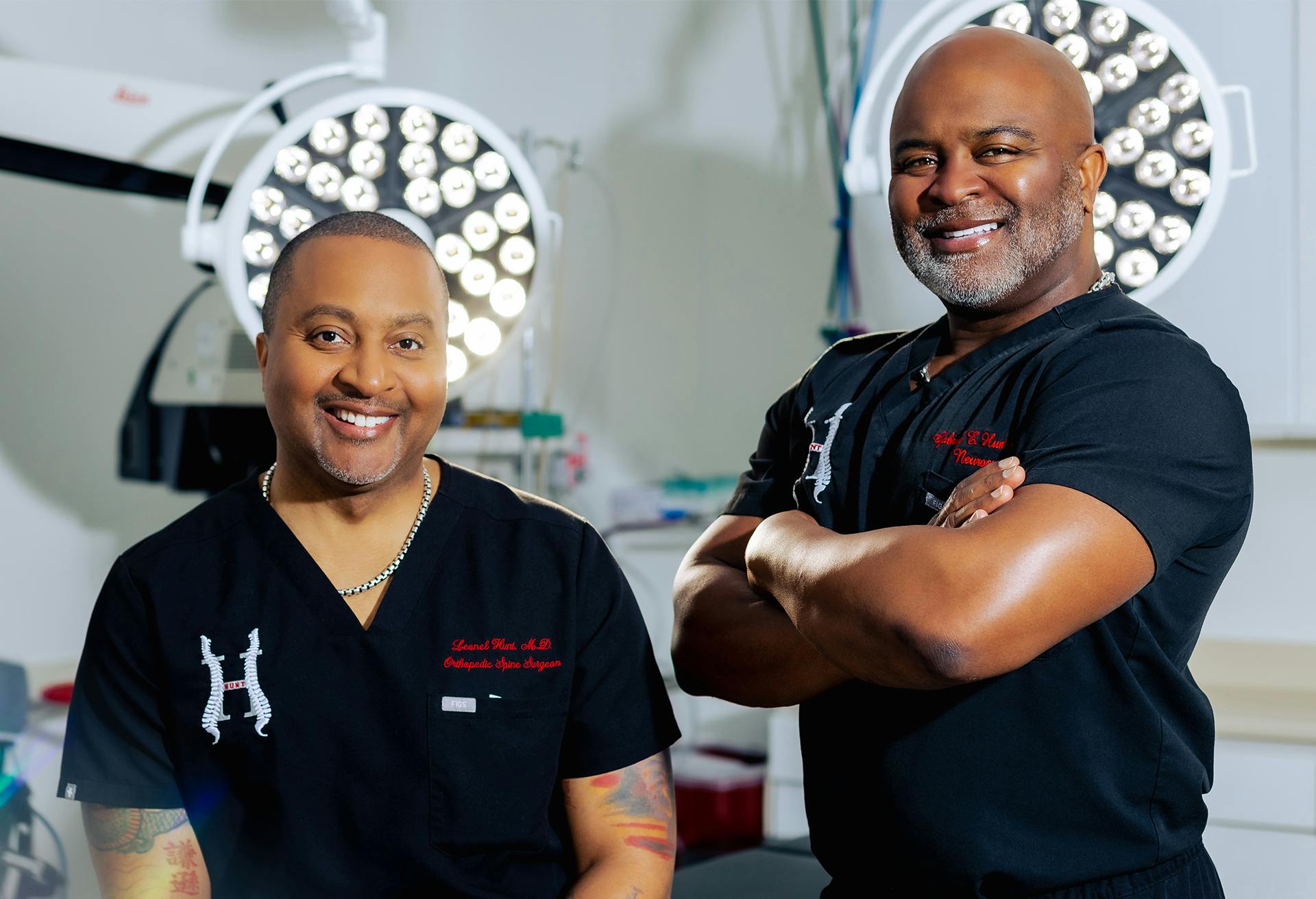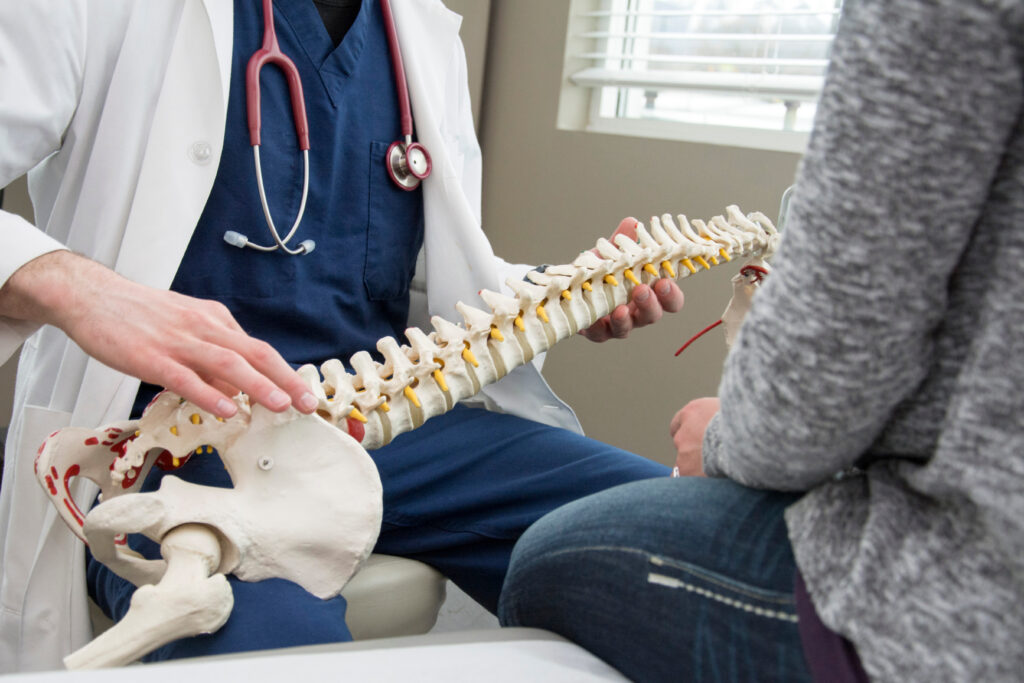What Spinal Column Issues Usually Lead to Operation for Relief?
When conservative therapy options stop working to give sufficient alleviation from persistent discomfort and functional disability,Back issues that call for surgical intervention usually occur. Problems such as herniated discs, back stenosis, and degenerative disc illness regularly lead to surgical treatments intended at bring back and relieving symptoms wheelchair. Recognizing the specific indicators for surgical procedure and the kinds of interventions offered is critical for both patients and health care carriers. As we explore the complexities surrounding these spinal column concerns, it comes to be evident that the decision to go after medical alternatives is multifaceted and warrants careful factor to consider.

Herniated Discs
Herniated discs are a common back problem that often brings about surgical intervention when conservative therapies fail. This condition happens when the soft inner gel of a back disc protrudes via a tear in the tougher external layer, potentially pressing nearby nerves. Signs and symptoms commonly include localized discomfort, radiating pain in the limbs, and neurological deficiencies such as tingling or weak point.

Surgical procedure aims to reduce discomfort and recover function by eliminating the herniated section of the disc or supporting the influenced spine sector. While numerous clients experience substantial improvement adhering to surgical procedure, it is crucial to evaluate the advantages and dangers in assessment with a certified back professional. Eventually, timely intervention is vital to stop more difficulties and improve lifestyle for individuals struggling with this debilitating condition.
Spine Stenosis
Experiencing spinal stenosis can substantially affect a person's wheelchair and lifestyle. This problem takes place when the back canal tightens, putting pressure on the spinal cable and nerves. Generally seen in the lumbar (reduced back) and cervical (neck) areas, spine stenosis typically results from degenerative changes related to aging, such as joint inflammation, disc herniation, or enlarging of ligaments.
Symptoms of back constriction can vary, but they usually consist of pain, tingling, tingling, and weak point in the extremities. These signs and symptoms may worsen with task or extended standing and typically improve with rest. In extreme situations, individuals might experience troubles with equilibrium and sychronisation, leading to an enhanced danger of drops.
When conventional treatments, such as physical treatment, medications, and way of living adjustments, fall short to ease symptoms, medical intervention might be considered. Treatments like laminectomy or spinal blend objective to unwind the affected nerves and maintain the spine. Early medical diagnosis and treatment are vital in managing spine constriction successfully and preserving movement, inevitably enhancing the person's overall high quality of life.
Spondylolisthesis
Spondylolisthesis occurs when one vertebra slips onward over the one below it, possibly leading to spinal instability and nerve compression. This problem can emerge from different variables, consisting of genetic defects, degenerative adjustments, trauma, or repeated anxiety injuries. Signs usually include reduced pain in the back, tightness, and radiating pain in the legs, which can dramatically affect everyday activities and overall top quality of life.
Diagnosis typically entails a comprehensive scientific examination, imaging research studies such as X-rays or MRI, and assessment of neurological function. The degree of slippage is identified into grades, with greater qualities showing extra serious variation and a better chance of surgical intervention.

Very early medical diagnosis and proper management are important in enhancing and stopping additional complications patient results. As spondylolisthesis can bring about chronic pain and handicap, prompt treatment is necessary Clicking Here for recovering back health and wellness.
Degenerative Disc Disease
Degenerative Disc Illness (DDD) is a problem characterized by the progressive damage of the intervertebral discs, which act as critical shock absorbers in between the vertebrae of the spinal column. As these discs lose hydration and elasticity gradually, they end up being much less efficient at cushioning the vertebrae, bring about increased rubbing and stress and anxiety on the spine frameworks.
Individuals with DDD frequently experience signs such as persistent back pain, stiffness, and decreased wheelchair (best spine surgeons in st louis mo). The condition can also cause nerve compression if the deteriorated discs lump or herniate, causing radicular discomfort, weak point, or pins and needles in the arm or legs
Medical diagnosis generally includes a combination of checkups, imaging researches like MRI or CT checks, and individual background to analyze the severity of disc deterioration and its influence on everyday tasks. Therapy options range from conventional steps, including physical therapy and discomfort administration, to more invasive procedures when conservative procedures fail. Surgical treatments, such as back blend or fabricated disc replacement, may be indicated for patients with significant discomfort and useful problems. On the whole, early treatment and tailored administration approaches are crucial for reducing the results of DDD and improving client results.
Spinal Lumps
Spine lumps, which can be click this link benign or malignant, stand for one more considerable root cause of spine conditions that might demand medical intervention (best spine surgeons in st louis mo). These tumors can stem within the back (primary lumps) or spread from other components of the body (secondary tumors) Their existence can result in numerous symptoms, including local pain, neurological shortages, and modifications in wheelchair
Surgical treatment for spine tumors commonly aims to relieve signs by removing the lump, supporting the back, and attending to any type of compressive effects on the spine or nerves. Indicators for surgical procedure commonly include significant pain not responsive to traditional therapies, or neurological impairment arising from the growth's development.

It is crucial for individuals offering with symptoms suggestive of back lumps to undergo complete analysis analyses, including imaging studies and biopsies, to establish the suitable course of activity (best spine surgeons in st louis mo). Early discovery and treatment can considerably improve client results and high quality of life
Conclusion
In summary, various back issues, including herniated discs, spinal constriction, spondylolisthesis, degenerative disc condition, and spine tumors, typically demand medical treatment when conservative therapies stop working to provide alleviation. These problems cause substantial pain and useful impairment, motivating the consideration of treatments such as discectomy, back fusion, and laminectomy. Ultimately, surgical choices objective to minimize discomfort, improve movement, and recover quality of life try this website for individuals affected by these debilitating back disorders.
Problems such as herniated discs, spinal stenosis, and degenerative disc condition often lead to medical procedures aimed at bring back and alleviating symptoms mobility.Herniated discs are an usual spine condition that regularly leads to medical treatment when traditional treatments fail. Surgical interventions, such as spine combination or artificial disc substitute, may be shown for individuals with substantial pain and practical impairment.Spine lumps, which can be deadly or benign, stand for an additional substantial reason of spine problems that might necessitate surgical intervention.In recap, different spinal column issues, consisting of herniated discs, spine stenosis, spondylolisthesis, degenerative disc disease, and spinal lumps, typically demand medical treatment when traditional therapies stop working to supply alleviation.
Comments on “Exactly how to Plan for Visits to the Best Spine Surgeons in St Louis MO”